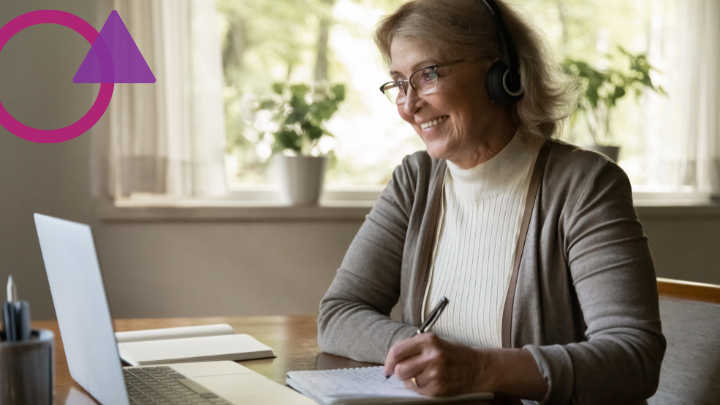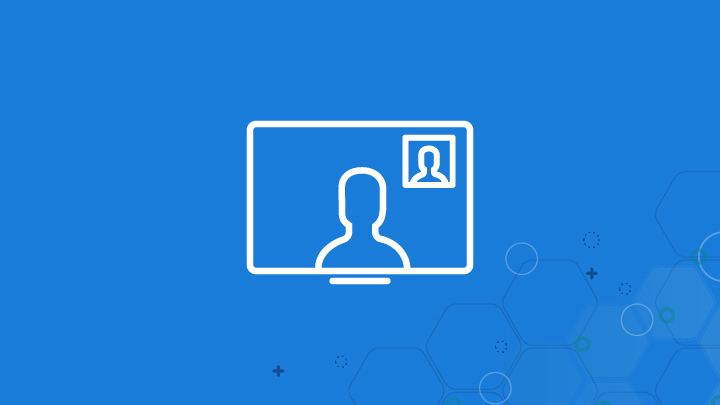Many teachers set classroom goals at the start of the school year in August or September, but once school begins, they find that those goals are difficult to implement and commit to.
The reasons are varied. By necessity, many teachers turn their attention to keeping up with day-to-day concerns (such as planning, grading, attending meetings, and ensuring compliance) and can be tempted or forced to set aside the exciting long-term goals they had envisioned at the beginning of the school year.
While I don’t pretend to possess a miracle solution—change will always be hard work—my experience over the last several years as an instructional coach for BetterLesson has shown me that coaching can be a powerful tool for helping teachers incorporate sustained change into their practice. Here are three ways coaching helps keep educators on track with their goals.
1. Providing you with a skilled thought partner.
The opportunity to have a coaching conversation on a regular basis with someone who has worked in the classroom and can relate to your situation is invaluable. A skilled instructional coach helps you identify the particular aspect you are trying to grow and effectively guides a 30-minute conversation from that goal or challenge to concrete ways to approach the situation, that you might never have envisioned before. While a powerful conversation with a thought partner can help you identify solutions, something else must happen to transform those solutions from a nice idea into a meaningful learning experience moving forward: the design of a prototype that you can test with your own students.
2. Designing and testing the prototype of a new strategy.
At the end of a coaching session, you should leave with a concrete plan: a new teaching strategy that you want to try in your own classroom. We like to think of these new ideas as prototypes that you can test against a specific hypothesis with your own students. In many ways, you are creating an iterative experimentation cycle, similar to the ones scientists use.
For example, a coaching session might have led a teacher to want to use the app, Plickers for the first time to gather students’ feedback on the spot via a quick scan of the room with a cell phone. The coach will have pushed this teacher to determine what outcome she or he wants to reach through this new practice. Perhaps the answer is gathering learning data at the end of the class that can be used as an exit ticket to drive differentiation the next day. Then, two weeks from the meeting, both the coach and the teacher know that this data is what they want to look at in order to plan out a meaningful, differentiated response.
It is also entirely possible that the Plickers prototype won’t survive the test. Maybe the experience scanning the room with the cell phone took too long, or having only multiple choice answers was too limiting. If so, the next session will help the teacher determine how to tinker with the prototype moving forward to reach their goal. This iterative experimentation cycle is essential to the success of any coaching model, virtual or face-to-face.
Research shows clearly that when Professional Development (PD) is job-embedded and continuous, it is one of the best ways for teachers to grow in their practice. While the job-embedded piece is probably the easiest one for any educator to see, as we all want PD that is concrete and applicable to our own classrooms right away, the continuous factor is a crucial component of a sustainable and meaningful change process. Indeed, we often need a kind accountability partner to help us continue pushing through when the going gets tough.
3. Giving you a kind accountability partner.
Have you ever worked with a trainer in the gym? Whether you were trying to lose weight (me) or to get those abs into shape (me), you probably remember the difference it made knowing that two weeks later you were going to step on that scale again and simply have an honest, reflective conversation with your trainer about what you did with your beautiful workout plan.
One of the simplest ways coaching can help an individual grow is by providing teachers with a kind accountability partner, similar in many ways to a sports trainer. Every two weeks, a teacher’s coach helps them look at the impact of the new strategies they are implementing in the classroom. The “kind” factor is extremely important. Teaching is the hardest job in the world, and teachers are put under a lot of pressure nowadays. When you imagine a coach as an accountability partner, imagine him or her as a guide on the path you are trying to walk on toward progress. Your coach is understanding and flexible, but he or she is also there to remind you that you ultimately want to do this for you and your kids.
This is merely an introduction to the power of coaching to help change habits. If you believe having a partner to help with accountability, planning, implementation, and reflection can help you, talk to your administrator about getting an instructional coach. Whether you’re a veteran teacher or in your first few years, a coach can help you navigate the challenges of teaching and discover solutions you may not have thought of alone. Learn more about BetterLesson coaching here and contact us today.








